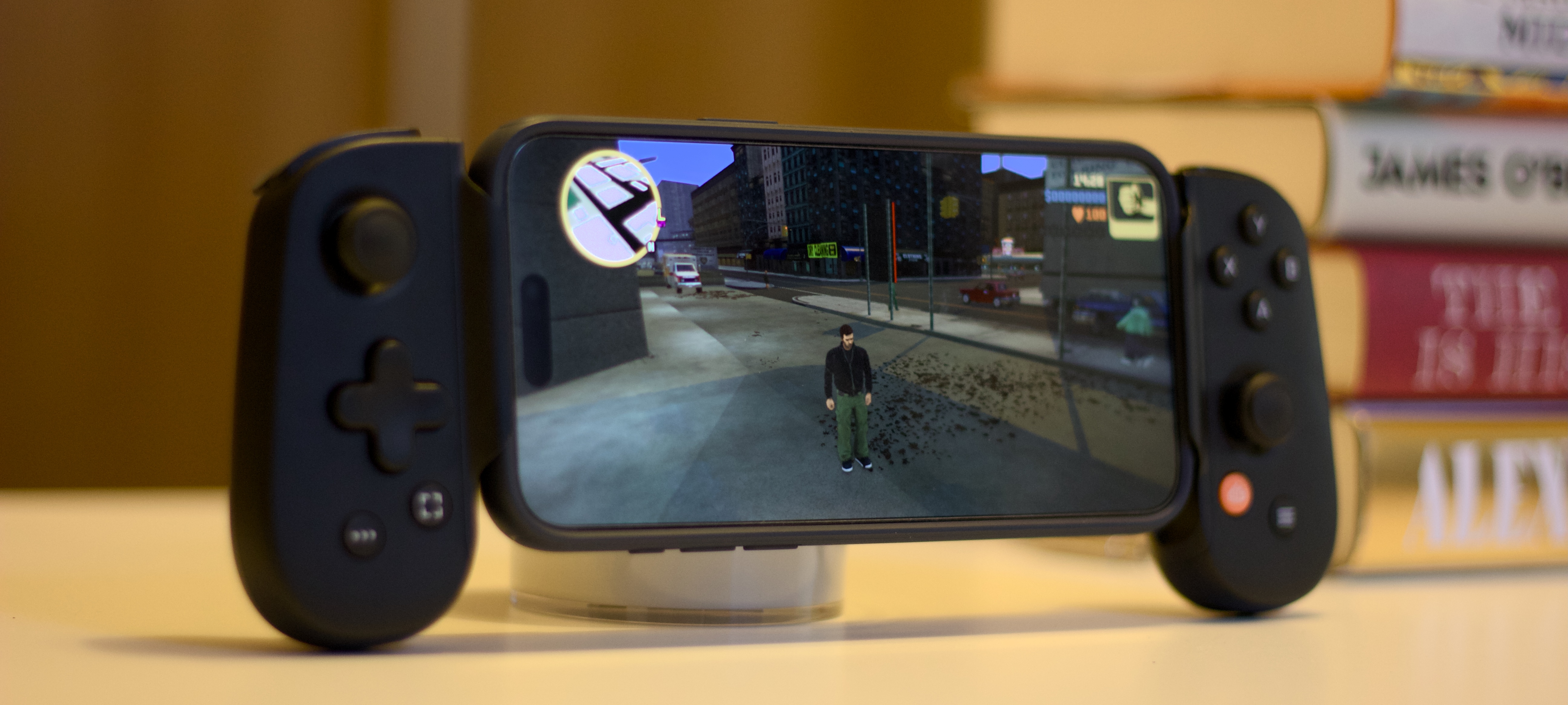iMore Verdict
The Backbone one has made me fall in love with iPhone gaming.
Pros
- +
Lightweight
- +
Now accommodates cases
- +
USB-C passthrough
Cons
- -
Case bracket is a little fiddly
- -
Not very ergonomic
- -
Small buttons
You can always trust iMore.
Despite being a household name in mobile gaming, a spot on our best game controllers for iPhone list has eluded the Backbone One. Now, however, there’s a new contender in town, because Backbone has upgraded its One controller in the wake of USB-C coming to the iPhone 15. The new Backbone One for iPhone (2nd gen) not only supports Apple’s best iPhone, but cases too. With that in mind, does the Backbone One wow us like the original, and has it done enough to supplant any of its rivals in a saturated market? Game on!
Backbone One (2nd gen): Price and availability
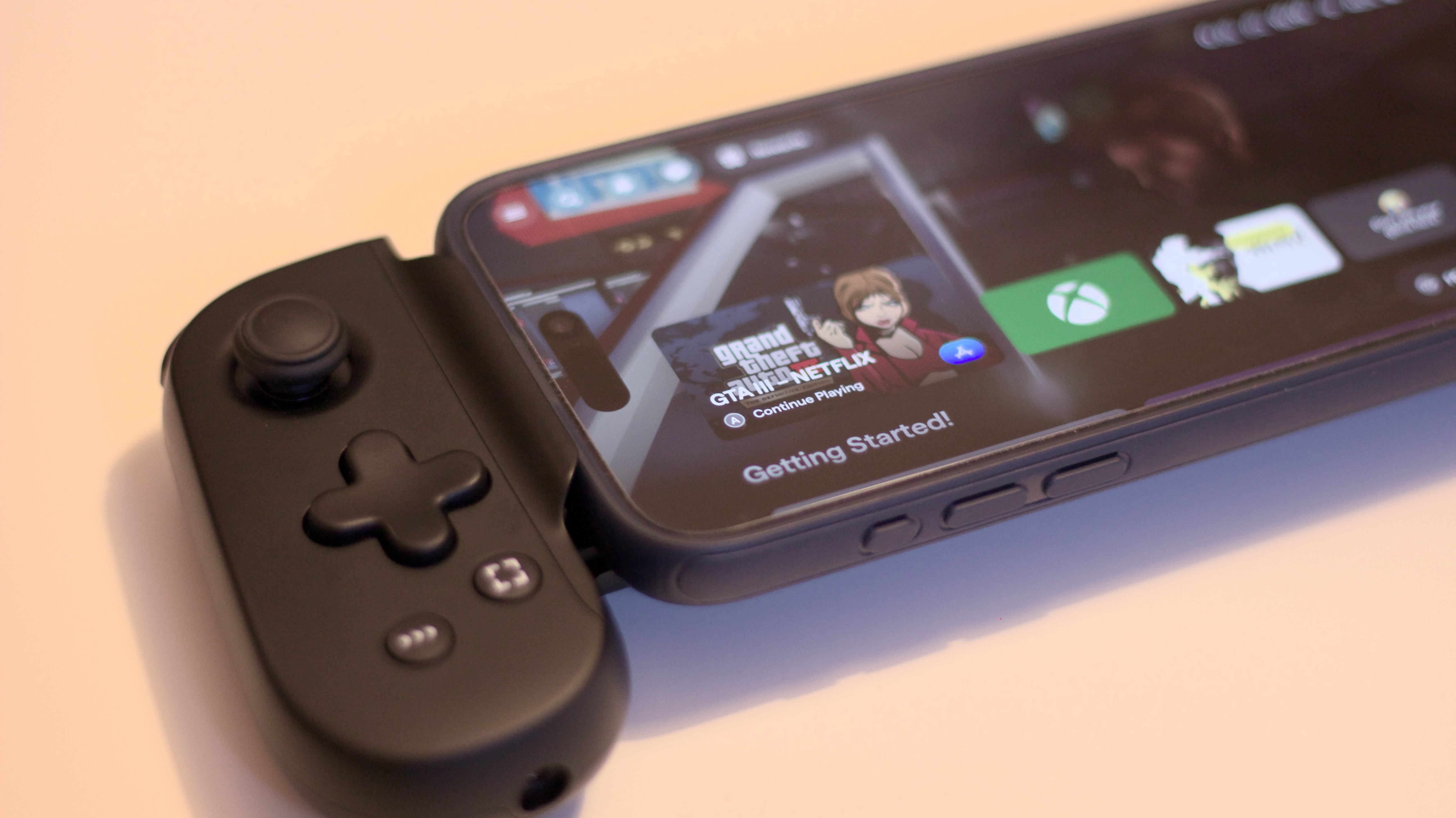
The Backbone One for iPhone 15 (and Android) is available from Backbone’s official website. It costs $99 and comes in two formats, standard, and PlayStation Edition. As you might expect, the former is a standard dual analog stick gaming shell with ABXY buttons, and works with your iPhone, and games on Steam, and Xbox. The PlayStation version is an official accessory inspired by the DualSense wireless controller. This comes with PlayStation’s official triangle, circle, X, and square buttons and is white, rather than black. The Backbone One (2nd gen) is also available from Amazon in all of the aforementioned formats with a similar price tag.
Backbone One (2nd gen): Ease of use

The notable feature on this year’s Backbone is a new set of interchangeable, magnetic adapters that finally brings a long-awaited feature to the Backbone One, case support. With the previous Backbone One, you had to remove your iPhone case to use it. However, with this new one, you get magnetic adapters that can be popped in and out on either side of the controller. The spare set is a much more spacious bracket that will take most (but not all) phone cases with ease. I have a fairly bulky Spigen case which slotted in no bother. The brackets are a bit finicky to remove at first attempt, but I think I was mostly just trying not to break them. When you get the right leverage they pop out with ease and the new ones fall into place with no trouble. This was the only hiccup I encountered in an otherwise seamless setup.
Once you’ve got the right bracket attached (you may not have to change it), you simply slide the Backbone One open, place your phone inside, and click the USB-C plug into place at the bottom of your iPhone. The device will get recognized pretty much instantly, with no firmware or installation to speak of. You will need to install the Backbone app from the App Store, but this is a painless experience, and the app itself does elevate using the controller.
Backbone One (2nd gen): Build

While it certainly doesn’t feel as solid as a normal game controller due to its size and shape, the Backbone One (2nd gen) is well-built, solid, and made of durable plastic all the way around. That extends to all the front-facing buttons, which are also plastic. The sticks and inserts for the case are made of sturdy rubber. I haven’t had enough time with the Backbone One to comment on its long-term durability, but so far it’s holding its own and I’d have no qualms about throwing it into a bag or suitcase for travel. All of the buttons are suitably clicky and satisfying to use, as are the sticks and the triggers.
The only build quirk I’ve noticed is that, now it accommodates cases, if you use your iPhone with a case you are going to notice that the Backbone doesn’t fit flush to your iPhone all the way around. This is simply par for the course with a case-enabled controller like this, with so many cases in different shapes and sizes it would be impossible to accommodate all of them. Still, even without a truly snug fit my iPhone fits securely and it didn’t give me any concerns about it coming loose at any point.
Backbone One (2nd gen): Features
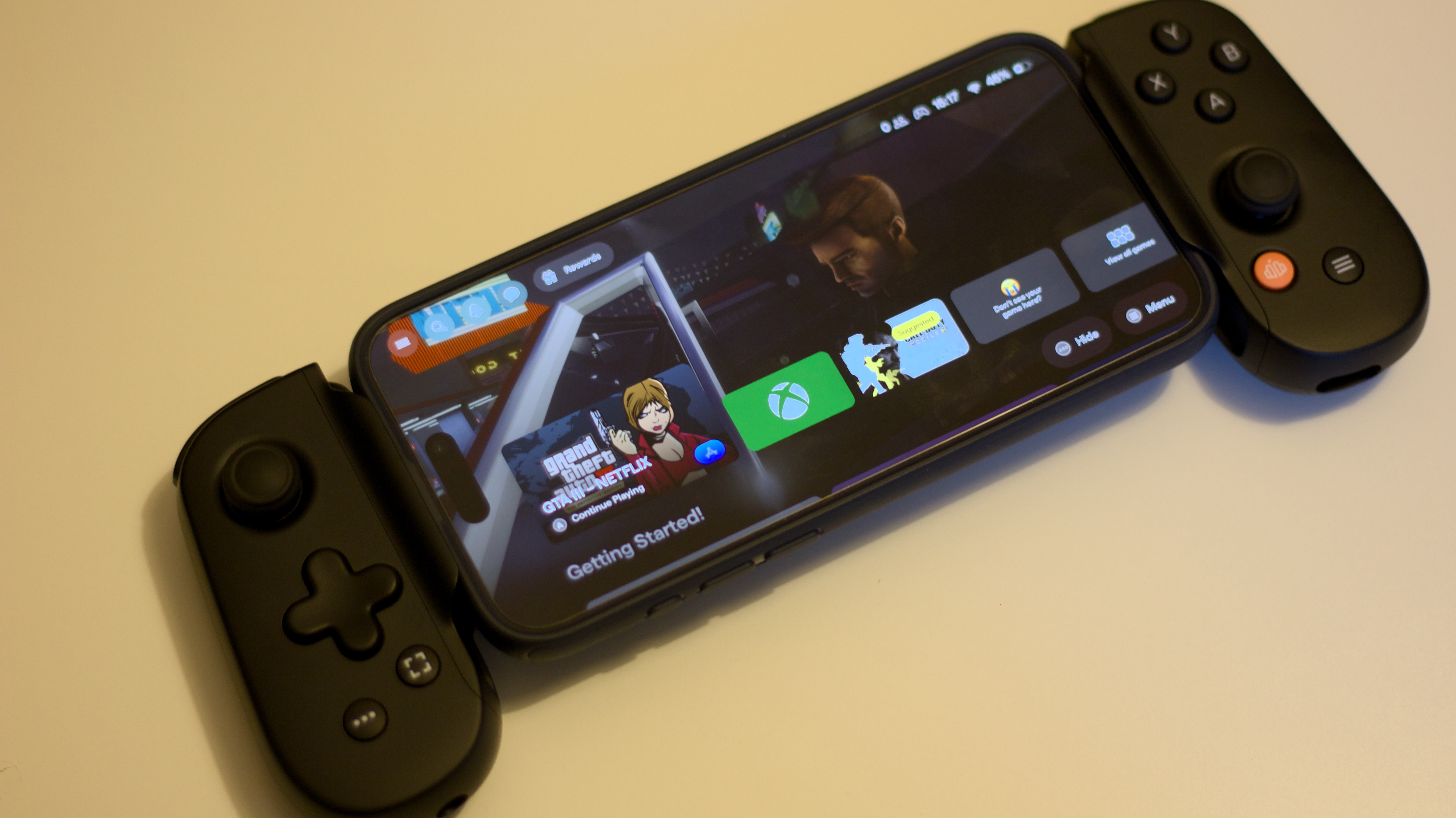
As a game controller for the iPhone, the Backbone One is very self-explanatory. It can be used as the input pad for any controller-compatible iPhone gaming experience. That includes games on the App Store and Apple Arcade, Xbox Cloud Gaming, GeForce NOW, and the aforementioned PlayStation experiences. On the left-hand side, there’s an analog stick, a D-Pad, and the share and capture buttons. On the right are the four ABXY buttons, an analog stick, and the Backbone and menu buttons. These, along with the four shoulder buttons (two on each side, including two triggers) do exactly what you’d expect them to do during gameplay. I recently downloaded all of the GTA games Netflix is offering iPhone users. Having never played Grand Theft Auto III I was excited to give it a bash but found it impossible to play on touchscreen, and I kept rolling the van while driving the opening mission. With the Backbone everything immediately made sense and felt great, the inputs on the sticks are sharp, and all of the buttons fire on command, just like using a fully-fledged Xbox or PlayStation controller.
iMore offers spot-on advice and guidance from our team of experts, with decades of Apple device experience to lean on. Learn more with iMore!
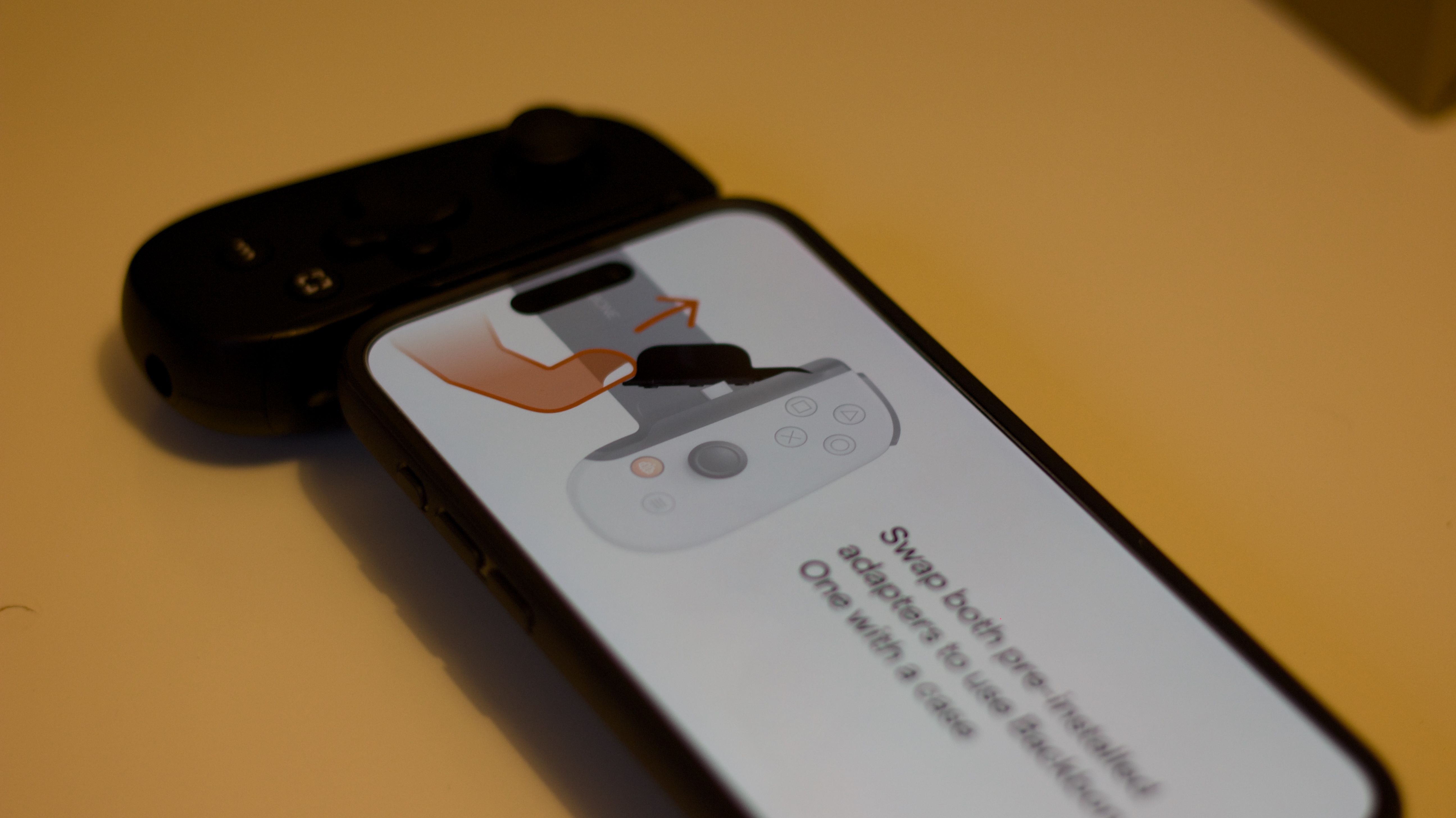
In our previous review, we flagged the slightly awkward right analog stick position, which is unchanged in the current model too. However, this is the standard layout of all the controllers in this category so shouldn’t be a deal breaker when you consider your purchase.
I love the Backbone button, which takes you to Backbone’s app with one press, turning your iPhone into an all-in-one gaming platform at the push of a button. There’s also a very nifty capture feature so you can share screenshots and clips of your gameplay with friends and family, as well as integration with services including Xbox, Steam, and even Twitch!
The Backbone One, like its predecessor, comes with a headphone jack so you can plug in wired headphones if you really need to, as well as a USB-C passthrough charger so you can play while plugged in.
The only other noteworthy feature is a carry case for the Backbone. I don’t love the texture of it, but it’s solid and worth carrying about given the Backbone doesn’t fold up as small as some of its rivals.
Backbone One (2nd gen): Competition
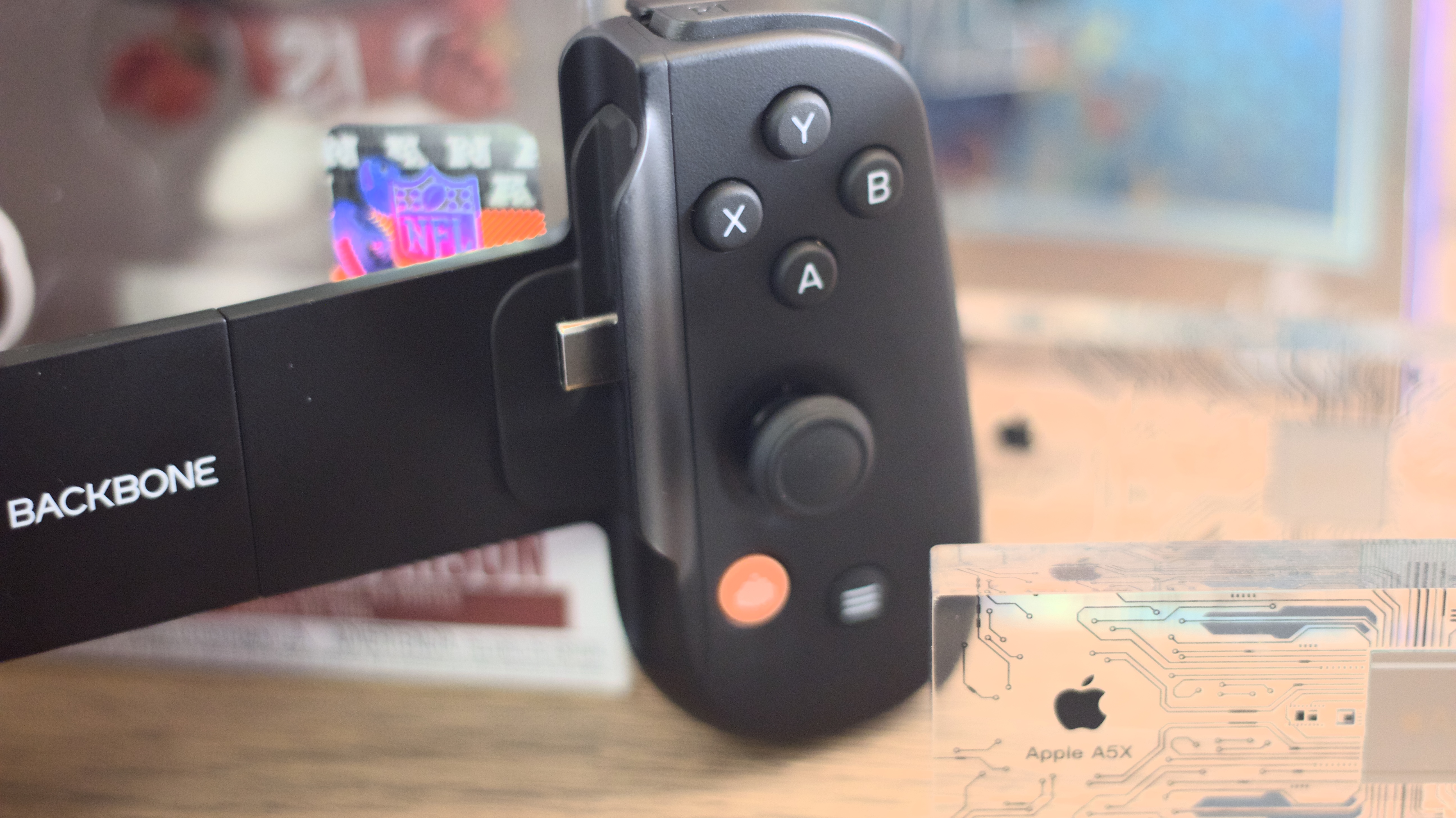
As I’ve said at the beginning, this is a saturated market and two rivals immediately jump out. The Gamevice Flex is our top pick at the moment, offering a larger ergonomic size and case accommodation. It also folds up into a more compact package when not in use and comes with far more inserts to get the fit just right. We also love the Razer Kishi, but this doesn’t have a headphone jack and doesn’t support cases like the Flex or Backbone. As such, I'd say the Backbone One is a better alternative to the Kishi, and that it's probably a coin toss between it and the Flex. Of course, if you don't have an iPhone 15, you'll need a Lightning controller.
Backbone One (2nd gen): Should you buy it?
You should buy it if...
- You want the iPhone alternative to a PlayStation Portal
- You want a low-profile iPhone controller
- You want to leave your iPhone case on while you game
You shouldn’t buy it if…
- You prefer touchscreen games
- You want a cheaper option
Backbone One (2nd gen): Verdict
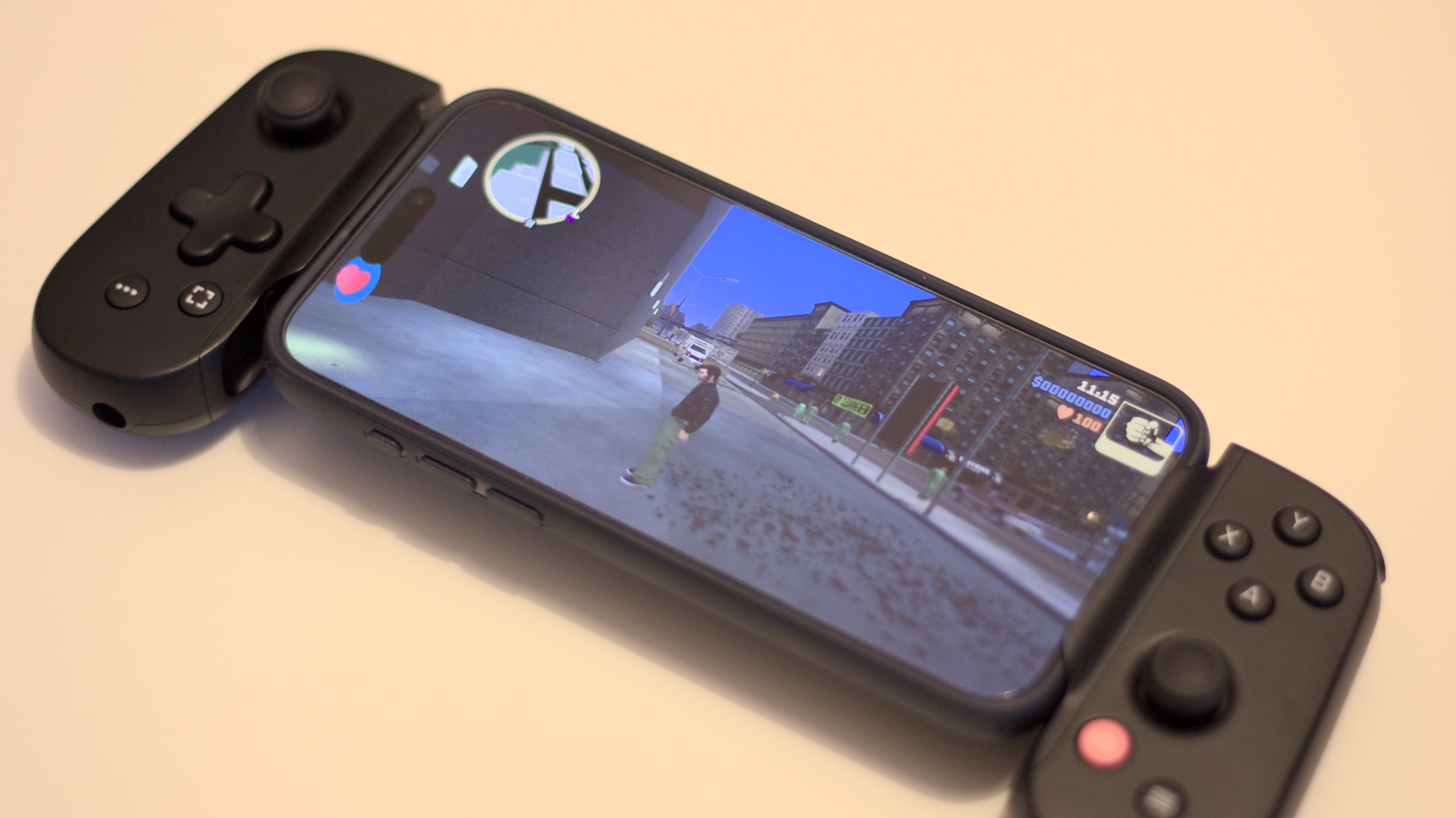
The Backbone One (2nd gen) is a potent follow-up to a much-loved controller. It’s very functional and practical and is solidly built. With room for a phone case, it finally treads on the toes of the Gamevice Flex as a top pick for an iPhone gaming controller.

The bottom line:
With its case support we can finally recommend the Backbone One as one of the best gaming controllers for iPhone on the market.

Stephen Warwick has written about Apple for five years at iMore and previously elsewhere. He covers all of iMore's latest breaking news regarding all of Apple's products and services, both hardware and software. Stephen has interviewed industry experts in a range of fields including finance, litigation, security, and more. He also specializes in curating and reviewing audio hardware and has experience beyond journalism in sound engineering, production, and design.
Before becoming a writer Stephen studied Ancient History at University and also worked at Apple for more than two years. Stephen is also a host on the iMore show, a weekly podcast recorded live that discusses the latest in breaking Apple news, as well as featuring fun trivia about all things Apple. Follow him on Twitter @stephenwarwick9
